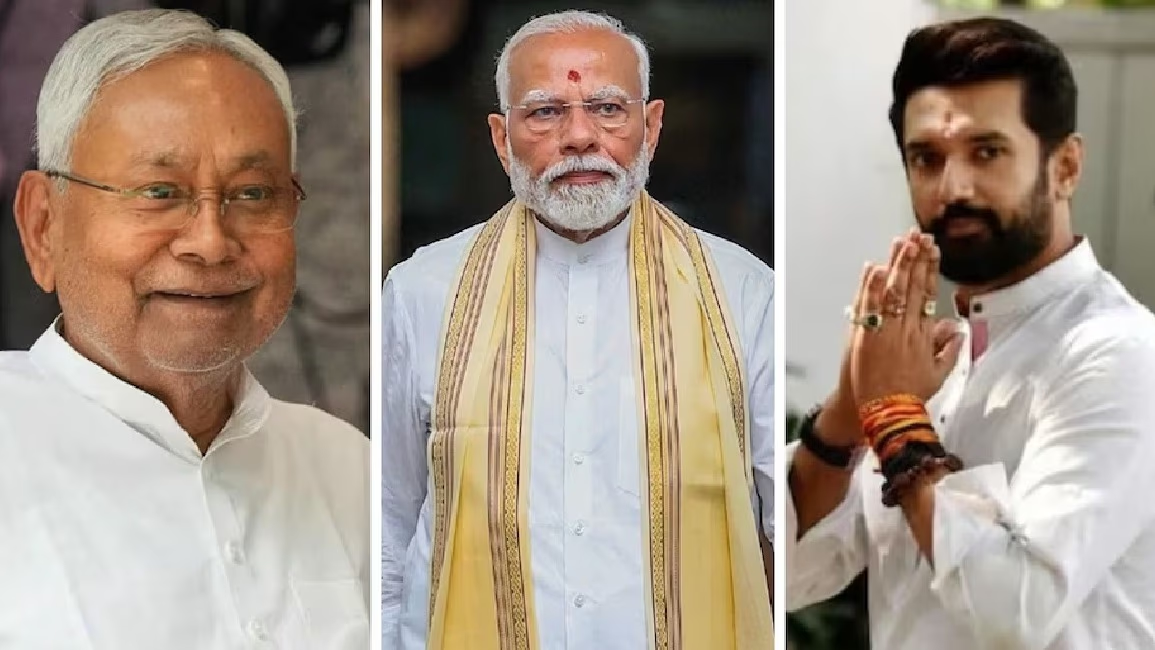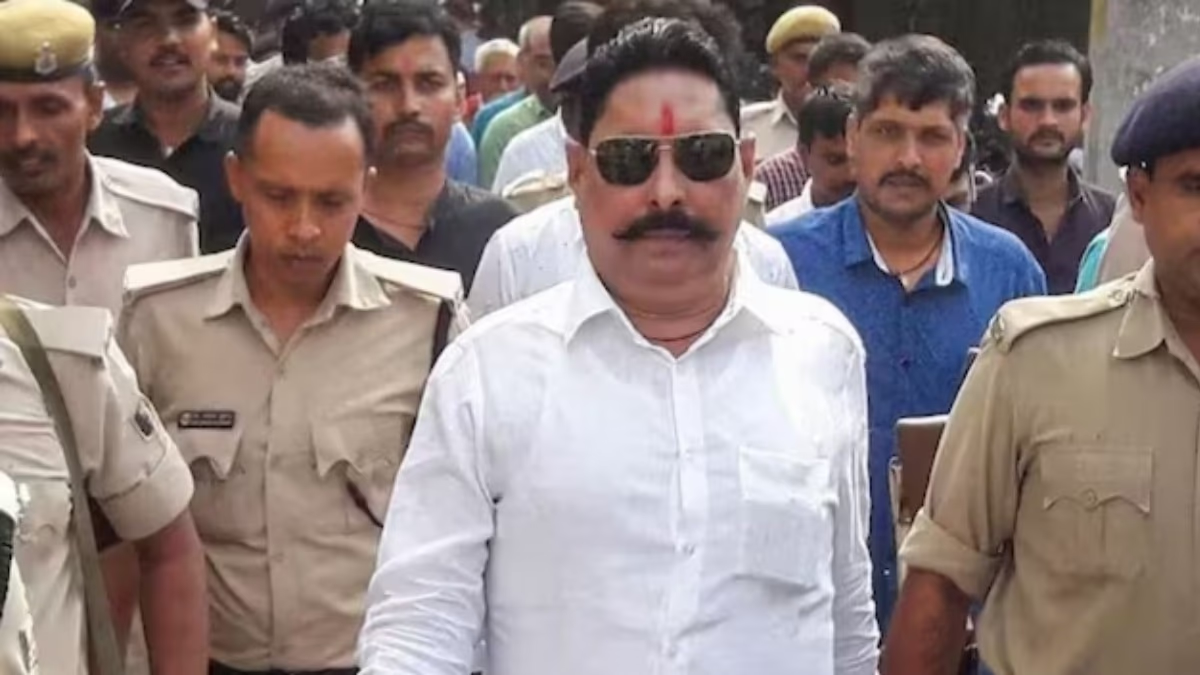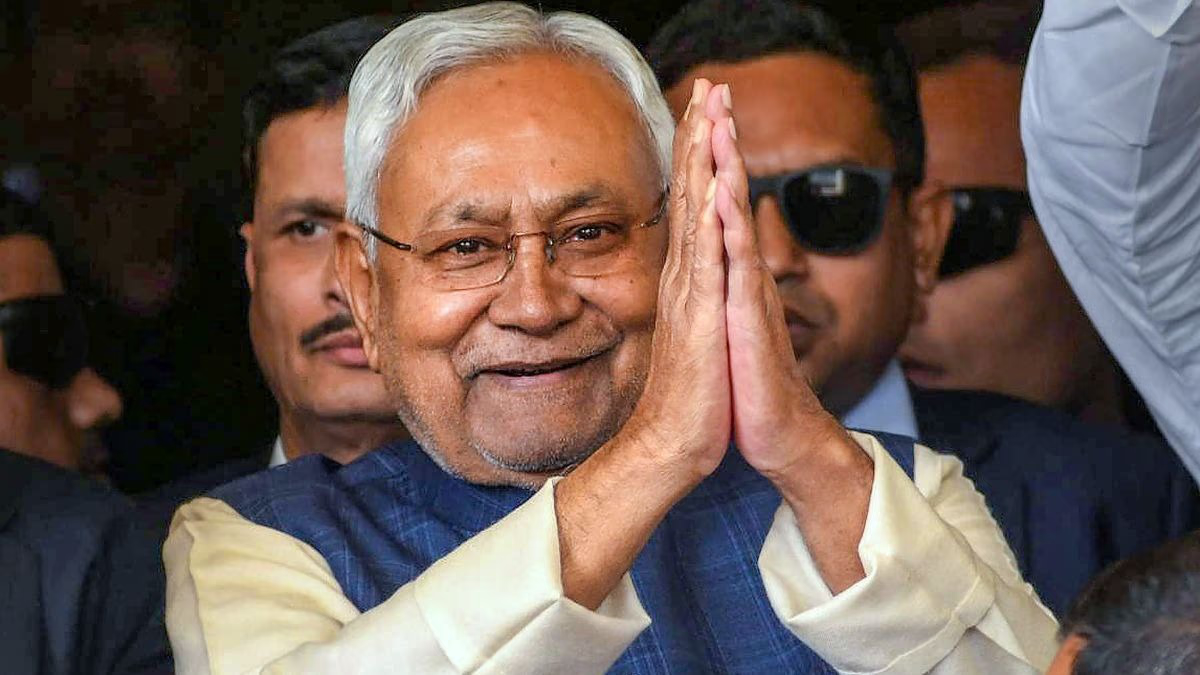The results of the 2025 Bihar Legislative Assembly election show NDA surging towards a historic landslide victory. So far, trends indicate that NDA is leading in 192 out of 243 seats, while the Grand Alliance appears confined to 46 seats. It's evident that this mandate is not just due to the opposition's shortcomings, but a result of excellent candidates, better leadership, and brilliant strategy. Here are the 6 pillars of this landslide victory.
1. Nitish Kumar’s Unwavering Leadership
Chief Minister Nitish Kumar was a key pillar in NDA’s landslide victory. At 74, Nitish, Bihar’s longest-serving Chief Minister, provided a strong foundation with his political acumen and social engineering. Known as 'Sushasan Babu', he's a symbol of rescuing Bihar from 'Jungle Raj' since 2005. Despite belonging to the Kurmi caste (3.5%), he remains Bihar's universally accepted leader. All castes, including the EBC (Extremely Backward Classes, 36%) and upper castes, recognize him. Even many Muslims, who don’t see him as an enemy, voted for him. Although there were questions about his age and health, he defied all narratives against him.
2. Chirag Paswan’s Support Turned Soil to Gold
Chirag Paswan’s support cannot be underestimated. NDA owes its stellar performance in Bihar to his backing. At 43, Chirag, son of Ram Vilas Paswan, rallied the Paswan vote bank (5-6%) with youthful energy, strengthening the alliance. NDA’s party LJP (RV) contested 29 seats courtesy of him.
One cannot overlook how the absence of Chirag’s support in 2020 led to JDU and BJP losses. In 2020, he cost Nitish 40 seats. BJP faced losses as well. By 2025, rejoining NDA as 'Bhai Chirag', Prime Minister Modi praised him.
His over 100 rallies and solid social media presence consolidated the Paswan vote bank, a major segment of the Dalit community (16%). Despite the Paras faction (RLJP), Chirag prevented a vote split. Today, he stands out as a leader capable of steering his votes to other parties. The results clearly show Chirag’s votes have been successfully transferred to JDU and BJP.
3. Coordination within the NDA Alliance
Throughout the Bihar elections, the NDA demonstrated remarkable coordination. Despite competitiveness, BJP and JDU showed no internal conflicts over seat distribution, each contesting 101 seats. Initial discontent within LJP and HAM was swiftly resolved, and candidates were announced timely. Conversely, the Grand Alliance struggled over seat distribution till the deadline for nomination withdrawal had passed. Bihar’s discerning electorate observed everything.
4. BJP’s Strategy on Chief Ministerial Face
BJP turning the suspense over a Chief Ministerial candidate, initially perceived as a weak point, proved successful. The strategy aimed at appeasing both Nitish Kumar’s supporters and his critics, is proving effective. BJP understood that many supporters preferred a BJP leader as the Chief Minister over Nitish. However, Nitish Kumar’s blemish-free image has universal acclaim in Bihar. BJP maintained strategic ambiguity about his candidacy, a tactic previously applied in Delhi, Maharashtra, and Haryana.
5. Governance and Development
Governance and development constituted another pillar of the NDA victory, showcasing 20 years of Nitish’s reign. Bihar, once considered a 'BIMARU' state in 1990, has progressed with 100,000 km of roads, 95% electricity coverage, and advancements in education. Nitish’s governance—improvements in law and order, and a 50% crime rate reduction—attracted the middle-class electorate. Development initiatives like smart cities and expressways propelled the rural economy. NDA’s ‘Sankalp Patra’ focused on phased jobs and infrastructure, appearing credible. Initiatives like Jeevika Didi connected 1.2 crore women, impacting the vote. On unemployment, Nitish addressed it through skill development programs.
6. Ground-Level Beneficiary Schemes
Ground-level beneficiary schemes have profoundly impacted Bihar’s rural and impoverished populace unmatched by other states. Nitish’s ‘Seven Resolves’ and BJP’s central schemes have benefitted 5 crore people. PM housing, Ujjwala, and Ayushman schemes secured rural votes. These schemes balanced caste dynamics, most benefitting EBC and Dalit voters. Nitish’s strategy emphasized women’s welfare, fortifying NDA’s support base through reservation in panchayats and government jobs.




